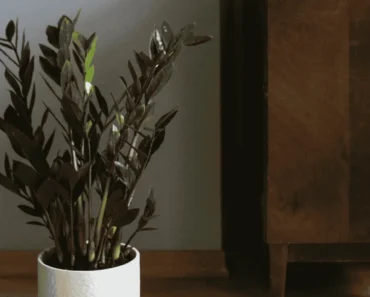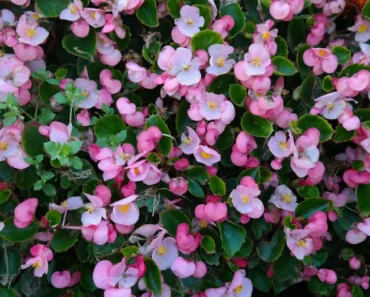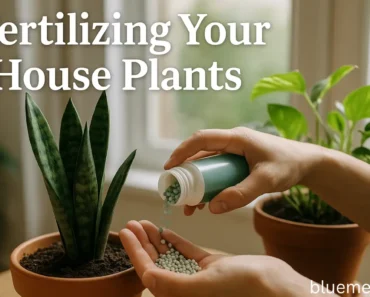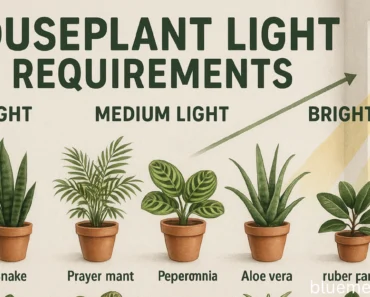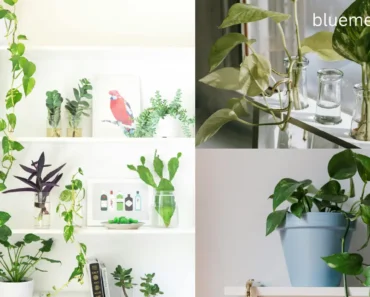Table of Contents
Key Takeaways:
- The best soil for indoor plants drains well while retaining just enough moisture
- Three specific brands consistently outperform generic potting soils
- Simple amendments like perlite can transform average soil into plant paradise
- Most houseplant deaths are caused by poor soil choice, not watering mistakes
- One versatile soil recipe works for 90% of indoor plants
After 50 years with houseplants, I know the right soil is your foundation. Get it wrong, and everything else fails. Countless plant parents struggle with yellow leaves or root rot, but often bad soil is the silent culprit.
I’m sharing soil wisdom that turned my plant care from failed to thriving. These are the exact soils and amendments I use.
Why Most Store-Bought Potting Soil Falls Short
Most commercial soils are designed for long shelf life, not your plants. They’re made to look rich, hold shipping moisture, and stay “fresh” for months in bags.
Your houseplants suffer in dense peat-heavy mixes. In nature, most grow in loose, well-draining soil. Store-bought mixes often suffocate roots.
I learned this after killing too many plants. I thought plant care was a mystery, but my soil worked against me. The day I switched to proper soil, everything changed.
The Best Soil for Indoor Plants: My Top 3 Proven Winners
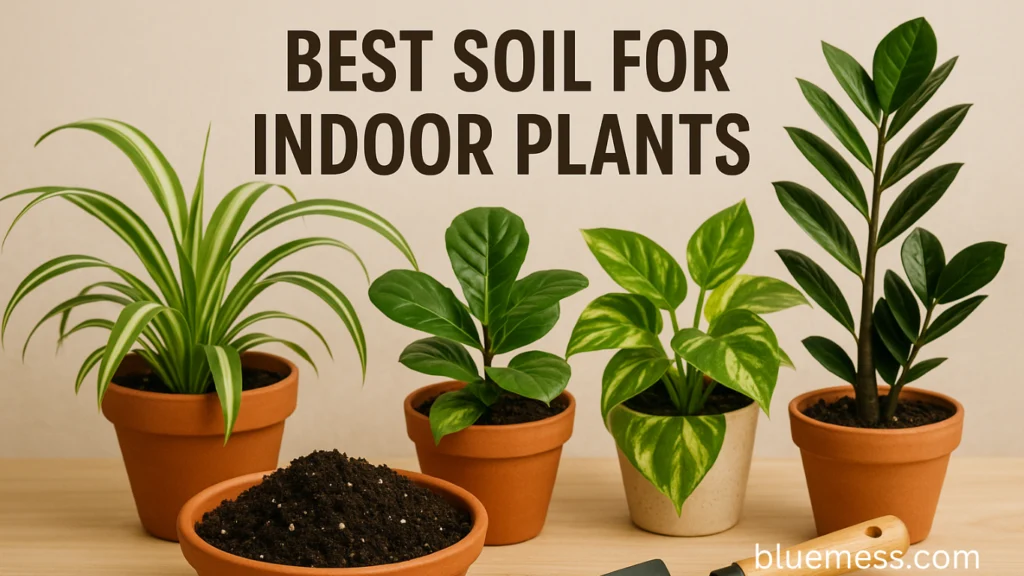
I’ve tested dozens of soil brands. These three always deliver happy plants and plant parents.
1. Foxfarm Happy Frog Potting Soil
Happy Frog offers ideal drainage and moisture, plus helpful microbes for nutrient absorption. It has never let me down.
It’s easy for beginners and trusted by pros. The loose structure ensures root health.
2. Foxfarm Ocean Forest
Ocean Forest is nutrient-rich and ideal for heavy feeders or plants that need a boost. I’ve revived struggling plants just by repotting them with it.
Use Ocean Forest for prized or lackluster plants, or when repotting those that have outgrown their pots.
3. Bonsai Jack Pumice Mix
Pumice-based mixes are very effective for indoor plants. Overwatering deaths drop, and roots get the structure and drainage they need.
Use for: Overwatered plants, those preferring dry soil, or to boost drainage in mixes.
Essential Amendments: How to Transform Any Soil
Even good soil improves with the right amendments. Here are my essentials:
Perlite: Your Drainage Insurance Policy
Those white balls in potting mix are volcanic glass, creating essential air pockets. I add extra perlite to nearly every mix for better drainage.
Add 25–30% perlite to any potting soil for instant performance improvement.
Horticultural Pumice: The Long-Term Solution
Pumice, more durable than perlite, prevents long-term soil compaction and keeps roots breathing.
Bark and Chunky Organic Matter
Adding orchid bark or chunky matter mimics natural habitats. It keeps soil loose and slowly feeds roots.
My Never-Fail Indoor Plant Soil Recipe
Here’s my soil recipe, perfected through decades of trial and error. It suits about 90% of houseplants:
The Universal Indoor Plant Mix:
- 60% quality potting soil (Happy Frog or Ocean Forest)
- 25% perlite or pumice
- 10% orchid bark or chunky organic matter
- 5% worm castings (optional but recommended)
This mix provides nutrition, drainage, and air circulation that roots need. It’s forgiving if you overwater and tolerates dry spells.
Soil Solutions for Specific Plant Types
My universal mix works for most plants, but some need special soils:
Best Soil for Succulents and Cacti
Succulents and cacti need fast drainage. Mix equal parts potting soil, pumice, and coarse sand. The goal: soil that’s nearly impossible to overwater.
Best Soil for African Violets
African violets need slightly acidic, well-draining soil. Add extra peat moss and plenty of perlite for drainage. The right pH leads to more blooms.
Best Soil for Epiphytes (Bromeliads, Some Orchids)
Epiphytes need little soil. Use mostly bark, some perlite, and minimal potting soil. Mimic their natural tree-dwelling environment.
Common Soil Mistakes That Kill Indoor Plants
I’ve helped many troubleshoot soil issues, and the same mistakes keep appearing. Let me help you avoid them:
Garden soil is too heavy, doesn’t drain, and may have pests. Use container potting mixes indoors.
Not all potting soils are equal. Your plants will show the difference in their growth and health.
Even great soil breaks down. Refresh every 18–24 months, or when water pools on the surface.
Ignoring drainage is fatal. Most indoor plants die from overwatering. Drainage is your best protection.
When to Repot: Reading Your Soil’s Health
Even the best soil won’t last forever. Watch for these signs you need fresh soil:
Water pooling on the surface means your soil is compacted and drains poorly.
Thriving plants that decline may have used up all their soil nutrients.
Salt buildup on soil or pot edges means it’s time for a new mix.
Persistent gnats often signal soil that’s too wet or breaking down.
The Bottom Line: Soil Success Made Simple
Choosing good soil is simple: start with Foxfarm Happy Frog, add perlite, and watch your plants improve.
Most plant care problems start with bad soil. Fix the foundation, and plant care is easier. Plants become more resilient, pest-resistant, and vigorous.
See the difference with one plant. Upgrade a forgiving plant’s soil and watch it thrive. The transformation reveals why good soil is key for happy plants.
Every expert started as a beginner. I killed many plants before learning these soil secrets. The truth: happy roots mean happy plants, and roots need good soil.
What soil problems are you facing? I’m happy to help you find a solution for your plants.
Author
George Wine is a seasoned gardening expert with over 20 years of experience in the field of horticulture. His passion for plants and nature has driven his career, where he has honed his skills in various aspects of gardening, from landscape design to plant care. George holds a Master of Science in Horticulture from the University of California, Davis (UC Davis), a prestigious institution known for its research and advancements in plant science.
Throughout his career, George has worked with a diverse range of clients, offering tailored solutions to enhance outdoor spaces and create thriving gardens. His knowledge and expertise allow him to provide invaluable advice, ensuring that both novice and experienced gardeners achieve their gardening goals. Whether you’re looking for tips on sustainable gardening practices, innovative design ideas, or advice on specific plant species, George is here to help you cultivate the garden of your dreams.

